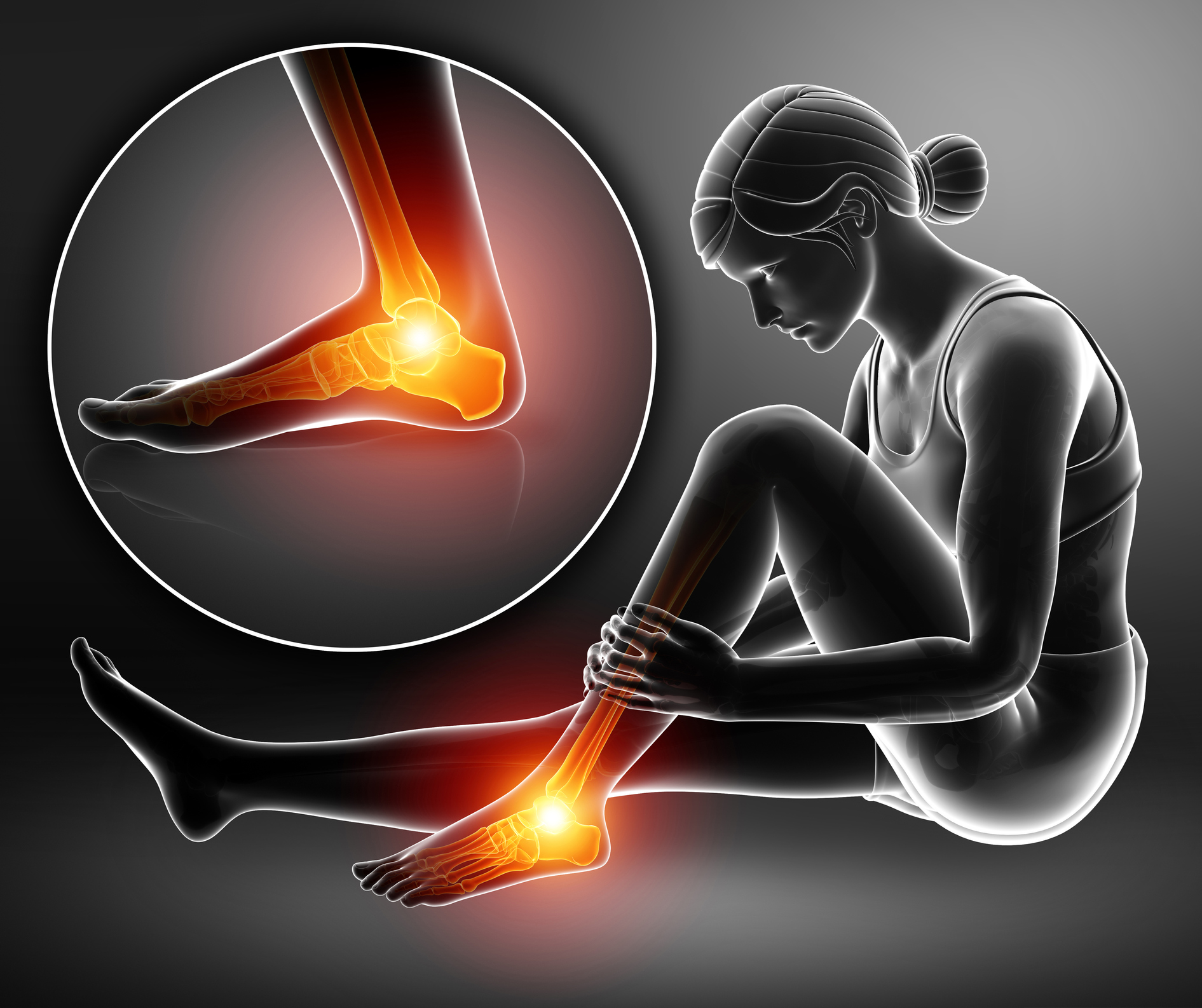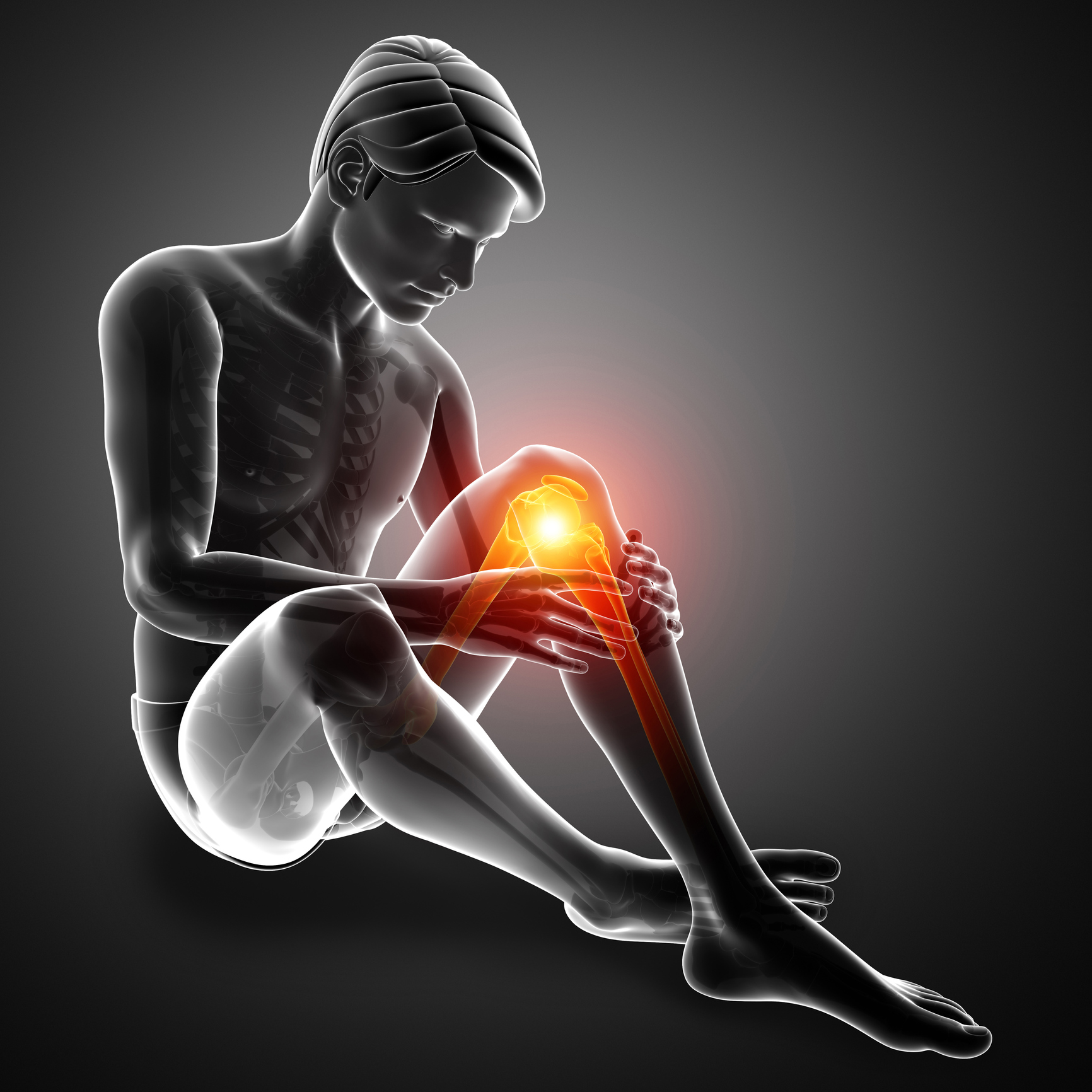Sports injuries can either be due to overuse or an acute injury. Overuse injuries typically occur when someone tries to do too much too soon. For example, a runner who attempts a “couch to 5K” may sustain an overuse injury to their knee, hip or ankle. This is due to the soft tissue around the joints not being accustomed to the sudden increase in stress. An extension of an overuse injury is a stress fracture of the bone.
A stress fracture is when the internal architecture of the bone breaks down because the bone is not strong enough to support the required demand or is not given enough time to heal in between exercises. Stress fractures commonly occur in the shinbone, hip or one of the bones in the feet. They are a result often caused by running too much and can occur in any sport. Young females are at particular risk for stress fractures.
Acute injuries are also common sports injuries and can either be from a contact with the ground or another athlete, or a non-contact injury. A common example of a non-contact injury is an ACL tear of the knee, where an athlete is pivoting on the knee to quickly change directions, and the knee gives out. An ACL tear results in immediate knee swelling and instability. In contrast, contact injuries are specific to the joint that hits the ground or another player. A common ground contact injury is a shoulder or hip dislocation.
Symptoms and Treatment
Pain with activity, or even just walking, is the most common symptom of an overuse injury. The pain is localized to the area of the soft tissue or bony injury. It is most severe during the activity, for example running, and subsides, but may not completely resolve, at rest.
Initial treatments include rest from exercise and over the counter anti-inflammatory pain medication. If symptoms do not improve with two weeks of rest and pain medication, medical evaluation is recommended. This may include X-rays of the affected area, to make sure there is not a fracture of the bone.
In general, soft tissue overuse injuries are managed without surgery and heal on their own over time. Stress fractures may also heal on their own but typically require crutches to unload the fracture so the bone can heal.
Acute injuries are caused by high energy contact or twisting injury. Pain and swelling are often immediate and may prevent weight bearing or use of the involved limb. Acute injuries need to be medically evaluated immediately to make sure there is not a broken bone or dislocated joint.
Joint dislocations present an obvious deformity, and inability to move the joint. Shoulder dislocations often can be reduced, or put back into place, on the field, if they don’t reduce on their own. Hip dislocations, however, need to be reduced at a hospital. Joint dislocations are serious injuries that require orthopedic care to monitor the future stability of the joint and the health of the joint cartilage that can be injured at the time of the dislocation.
With any injury, acute or chronic, if you are unsure if your pain is “normal” or not, it is wise to have it evaluated by a medical professional in order to optimize diagnosis, treatment, and ultimately, return to sport.




